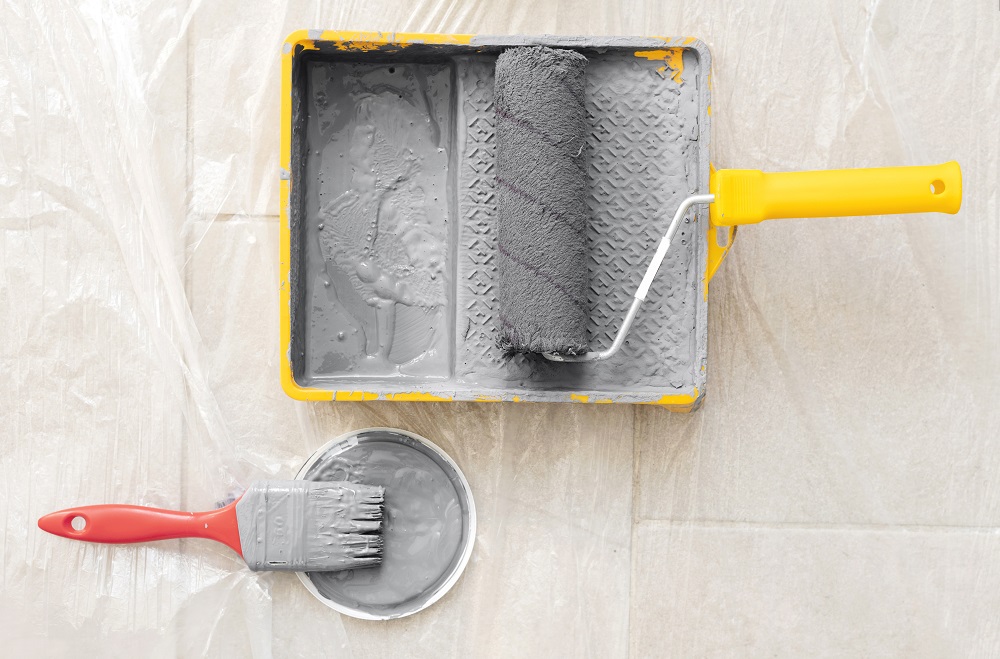Interior wall maintenance and repair frequently involve the use of waterproof putty for interior walls, especially in locations where moisture or water damage is a concern. This particular putty is made to withstand water, keeping it from penetrating the wall and inflicting harm. It’s crucial to understand how to maintain interior walls that have been repaired or maintained with this so that they continue to function properly.
Following are the tips and guidelines for taking care of your walls while using the same for your home walls :
Regularly clean your walls
Over time, dirt, dust, and other debris can collect on your walls, giving them a dull, dingy appearance. Your walls can look clean and new with regular cleaning. Wipe off your walls with a gentle, wet cloth or sponge, taking care not to scrub too vigorously or use abrasive detergents that could harm the putty.
Watch for moisture
Even when using this, it’s crucial to look out for moisture or water damage. Look for signs of water seepage such as water stains, peeling paint, or bubbling wallpaper. To prevent further harm, it’s critical to take action as soon as you notice any of these symptoms.
Avoid high humidity levels because they might make it more difficult for your walls to dry out and raise the possibility of moisture damage. Make sure your home is well-ventilated and use a dehumidifier if necessary to avoid this.
Touch up as necessary
Your walls may eventually acquire minute cracks or other flaws that call for a touch-up treatment. Any holes or cracks can be filled with putty, and then the area can be sanded and repainted as necessary.
You can do a few additional things to take care of your walls after using this type of paint, in addition to the advice given above:
Use a waterproof primer
It’s crucial to use a waterproof primer before repainting your walls. This will aid in the putty’s seal and stop water from penetrating the wall. Look for a primer that is made with waterproof surfaces in mind.
Keep an eye on your plumbing
If you have pipes that run behind your walls, it’s crucial to watch out for leaks or other damage. It’s crucial to take care of any plumbing difficulties as soon as they arise because even a tiny leak can eventually result in moisture damage.
Check for mould
Mould can occasionally grow on walls in environments with a lot of moisture or humidity. It’s crucial to watch out for indications of mould growth because this could be damaging to your health. If you spot any mould, it’s crucial to take immediate action by thoroughly cleaning and treating the area.
The best paint to use when repainting your walls should be one that is made for use in moist or damp environments. Your walls will be better protected from moisture damage and will last longer as a result of this.
Another thing to remember is to make sure the surface is absolutely dry and clean before using this. This will guarantee optimal putty adhesion and a solid link between the putty and the wall. The putty could fail over time if the surface is wet or unclean, and it may not adhere adequately.
Additionally, it could be a good idea to think about applying a waterproof sealer over the putty if you’re using waterproof putty for interior walls in rooms that are frequently exposed to moisture or water, such as a bathroom or kitchen. This will add an additional layer of defence against water damage and aid in extending the lifespan of your walls.
In conclusion, they can be an excellent way to preserve and repair interior walls in places that are vulnerable to dampness or water damage. Your walls can remain beautiful for a long time with the right upkeep. Keep in mind to keep your walls clean, keep an eye out for moisture damage, pick the correct paint, and think about applying a waterproof sealer for extra security.

